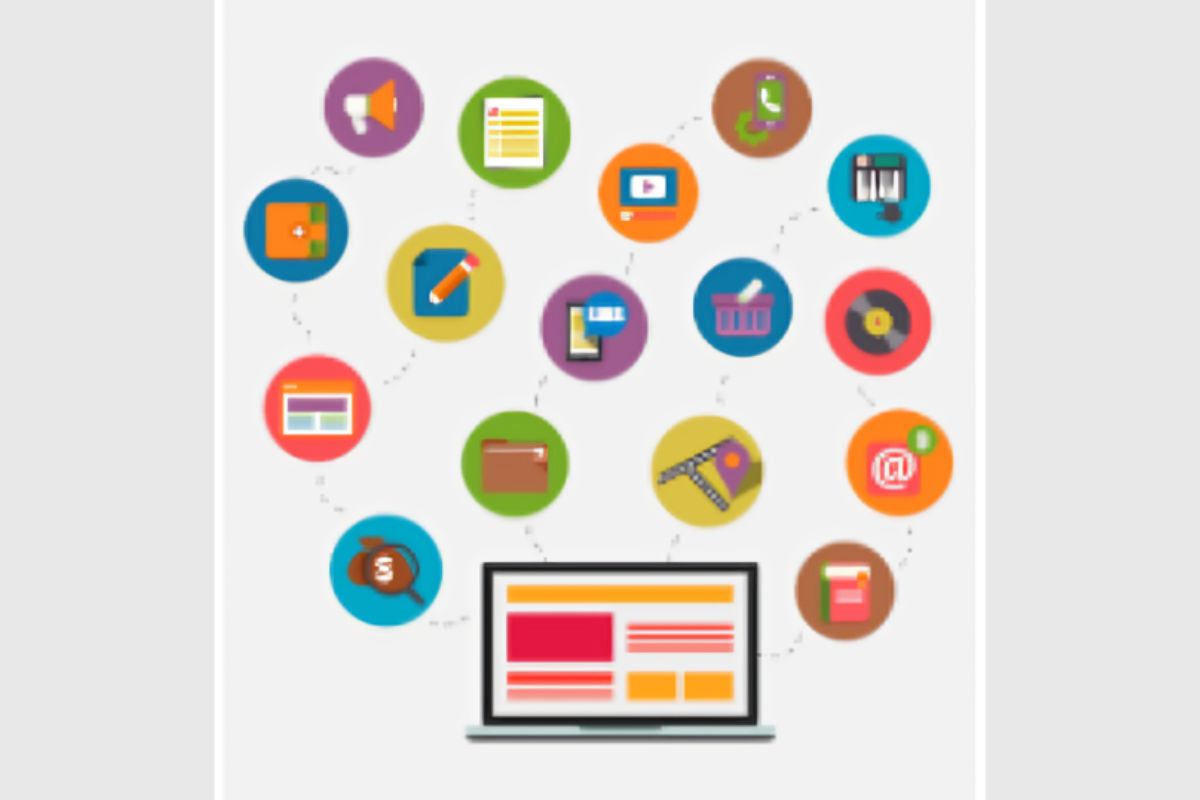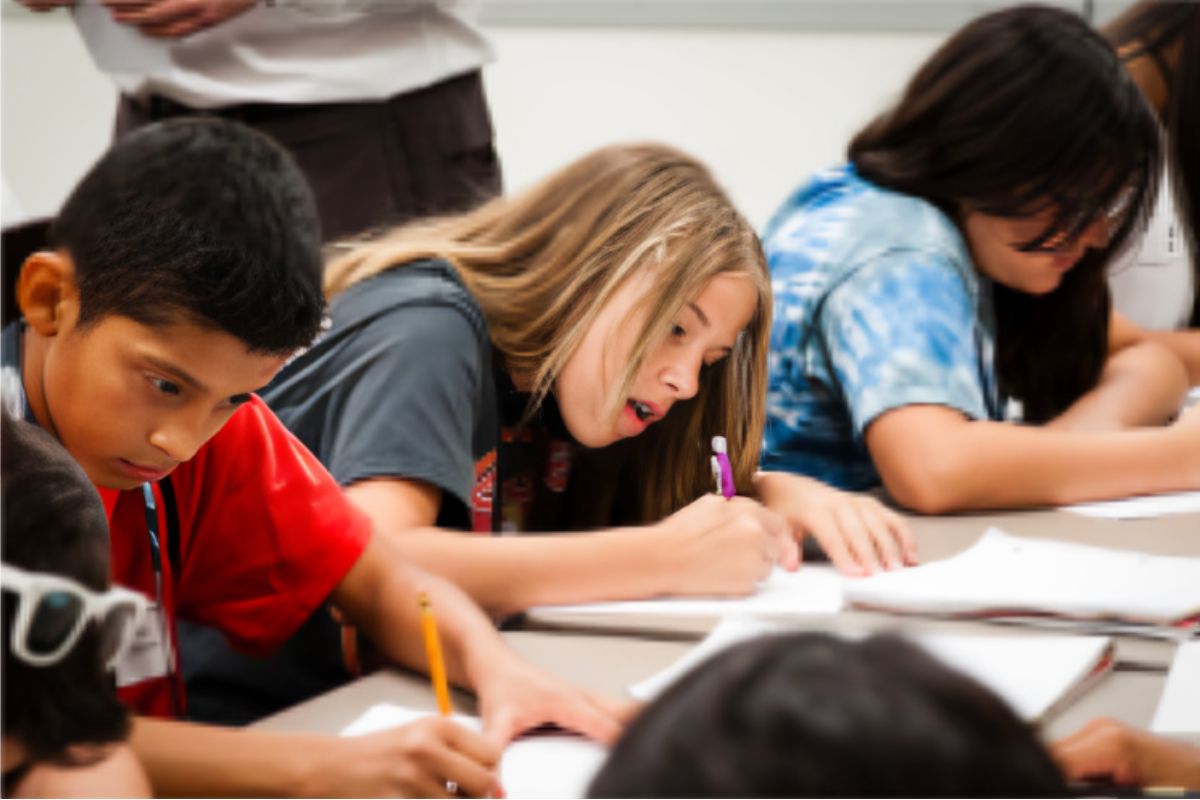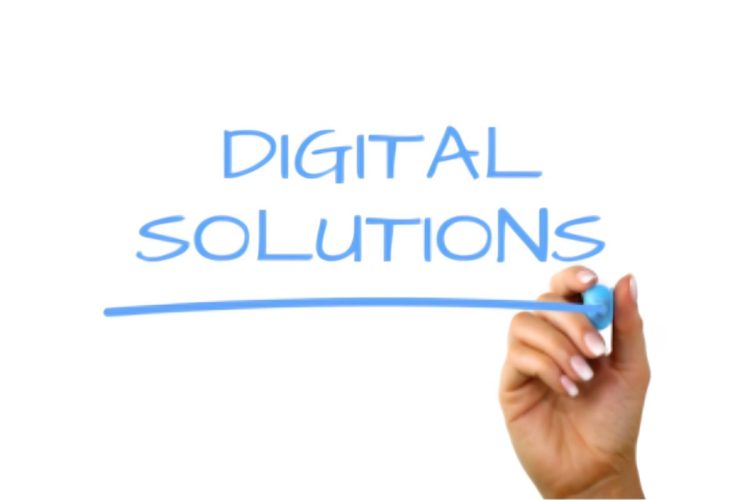The integration of digital solutions into the educational landscape signifies a profound shift, moving beyond a mere trend to a transformative force. This evolution empowers not only teachers but also parents, fundamentally changing the dynamics of education. The article seeks to tell the extensive ways in which digital tools contribute to finding Digital Solutions and hence enhancing the educational journey for students. These tools are not merely facilitators of learning but catalysts for collaboration between educators and parents, establishing an important partnership.
The ultimate goal is to create a supportive learning environment that goes beyond traditional boundaries. By exploring the multifaceted roles of digital tools, the article aims to illuminate their impact on shaping a positive and enriching educational experience, fostering collaboration, and nurturing an environment conducive to a student’s holistic development.
1. Personalized Learning Paths
Digital solutions pave the way for personalized learning experiences tailored to each student’s unique strengths and challenges. Adaptive learning platforms, such as Khan Academy and DreamBox, use algorithms to assess individual progress and adjust lessons accordingly. This ensures that students can learn at their own pace, reinforcing concepts they find challenging while swiftly progressing through familiar territory.
2. Enhanced Communication Channels
 For a student to succeed academically, parents and teachers must communicate effectively. Digital tools like ClassDojo and Remind facilitate real-time communication, allowing teachers to share updates, announcements, and even snapshots of classroom activities. This instant connection helps parents stay involved in their child’s education, fostering a collaborative partnership between home and school.
For a student to succeed academically, parents and teachers must communicate effectively. Digital tools like ClassDojo and Remind facilitate real-time communication, allowing teachers to share updates, announcements, and even snapshots of classroom activities. This instant connection helps parents stay involved in their child’s education, fostering a collaborative partnership between home and school.
3. Access To A Wealth Of Resources
The internet is a treasure trove of educational resources, and digital solutions open access to this wealth of information. Platforms like Google Classroom and Edmodo enable teachers to share digital materials, assignments, and supplementary resources with students and parents. This plenty of information ensures that everyone involved in a student’s education can access valuable learning materials.
4. Interactive And Engaging Lessons
Digital tools add an interactive dimension to lessons, making learning more engaging for students. Educational apps, such as Duolingo and Quizlet, incorporate gamification elements to make the learning process fun and interactive. Teachers can leverage these tools to create dynamic lessons that capture students’ attention and cater to diverse learning styles.
5. Efficient Classroom Management
 In education, maintaining an organized classroom is important. Tools like Classcraft and ClassPager automate tasks, from attendance to grading, freeing teachers to focus on instruction. These digital solutions go beyond traditional methods, introducing gamification and enhancing communication. Classcraft gamifies learning, monitoring behavior and fostering a positive environment. ClassPager facilitates efficient communication between teachers, students, and parents through text messaging. By automating administrative chores, these tools save teachers time, allowing for more impactful teaching. They simplify the mundane, creating a productive and engaging learning experience for all.
In education, maintaining an organized classroom is important. Tools like Classcraft and ClassPager automate tasks, from attendance to grading, freeing teachers to focus on instruction. These digital solutions go beyond traditional methods, introducing gamification and enhancing communication. Classcraft gamifies learning, monitoring behavior and fostering a positive environment. ClassPager facilitates efficient communication between teachers, students, and parents through text messaging. By automating administrative chores, these tools save teachers time, allowing for more impactful teaching. They simplify the mundane, creating a productive and engaging learning experience for all.
6. Efficient Document Management
In the era of education, effective document management is paramount, serving as the backbone for fast classroom processes. Teachers direct through a multitude of documents, from lesson plans to student assignments, making it important to have a robust system in place. Document management tools not only facilitate the organization of individual student records but also empower students to manage their assignments efficiently. Tools like Google Docs and Adobe are the famous ones for this purpose but here is the easy interfaced and all free featured tools that makes the work of both teachers and students easy. Through I Love PDF, teachers can effortlessly track and assess individual student progress, ensuring personalized attention to each learner’s needs.
Simultaneously, students find themselves equipped with tools that enable them to smoothly organize, submit, and keep track of their assignments—all in one secure digital space. This not only enhances the efficiency of classroom processes but also contributes to a more collaborative and engaging learning environment.
7. Timely Feedback For Continuous Improvement
In the era of education, timely feedback is important for continuous improvement. Digital assessment tools, such as Turnitin and Gradescope, play a pivotal role in transforming the feedback process. These platforms offer efficient grading mechanisms, allowing teachers to assess assignments promptly and provide constructive insights. The timely feedback loop created by these tools is a game-changer for both educators and parents. Students benefit from immediate guidance, enhancing their understanding and learning outcomes.
Simultaneously, parents stay informed about their child’s progress in real-time, fostering a collaborative and supportive educational environment. The integration of digital assessment tools thus becomes a cornerstone for promoting continuous improvement in the educational journey.
8. Data-Driven Decision-Making
 Analyzing data is a powerful way to inform teaching strategies and student interventions. Digital solutions, including Learning Analytics and PowerSchool, gather and analyze data on student performance. Teachers and parents can collaboratively use this data to identify trends, address challenges, and celebrate achievements, fostering a data-driven approach to education.
Analyzing data is a powerful way to inform teaching strategies and student interventions. Digital solutions, including Learning Analytics and PowerSchool, gather and analyze data on student performance. Teachers and parents can collaboratively use this data to identify trends, address challenges, and celebrate achievements, fostering a data-driven approach to education.
9. Fostering Digital Literacy
In the modern era, fostering digital literacy is a fundamental component of education. Recognizing the importance of digital skills, teachers can use platforms such as Scratch and Code.org to introduce coding and computational thinking to students. These tools offer interactive and engaging experiences, making the learning process enjoyable and accessible. By incorporating coding into the curriculum, educators empower students with important skills that are increasingly relevant in various industries. Beyond mere technical proficiency, this approach cultivates problem-solving abilities and creativity. Students not only gain practical knowledge but also develop a comfort level with digital technologies, preparing them for the challenges of an ever-evolving digital landscape.
10. Inclusive And Accessible Education
Digital solutions contribute to creating a more inclusive learning environment. Tools like Microsoft Immersive Reader and Bookshare provide support for students with diverse learning needs. Teachers and parents can collaborate to ensure that every student, regardless of their learning style or ability, has access to educational materials tailored to their requirements.
11. Empowering Parental Involvement
Digital solutions empower parents to play an active role in their child’s education journey. Platforms like ParentSquare and ClassTag facilitate smooth communication between teachers and parents. This increased connectivity enables parents to stay informed about school events, participate in discussions, and support their child’s learning outside the classroom.
Conclusion
In conclusion, the integration of digital solutions in education has the potential to revolutionize the learning experience for students while fostering stronger collaboration between teachers and parents. By adopting these tools, we can create an educational ecosystem that is dynamic, inclusive, and responsive to the diverse needs of today’s learners. As we direct the digital landscape, let us utilize the power of technology to access the full potential of every student.




